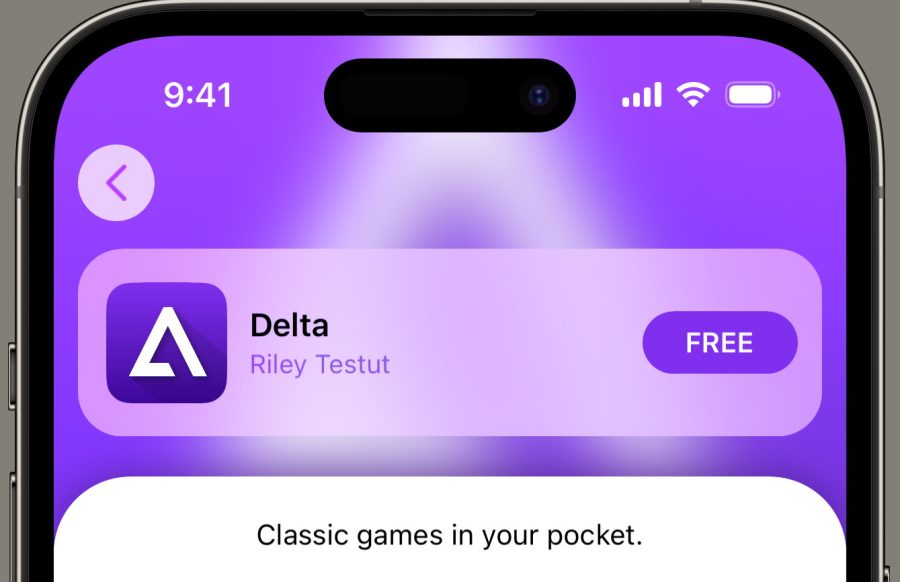In response to hateful tweets to Robin Williams’ daughter, Zelda following her father’s death, Twitter issued a statement claiming that it is “evaluating how we can further improve our policies to better handle tragic situations like this one.”
This is cold comfort for those Twitter users who attempted to bring attention to Twitter’s impotent user protections during CEO Dick Costolo’s CNBC’s #AskCostolo interview. And it’s unclear how “evaluating policies” will aid Twitter users targeted with rape and death threats, and other forms of abuse on the site.
Harassment is a known problem on Twitter, and the Internet overall, and mounting anecdotal reports suggests it’s largely targeted towards women. Some women suffer harassment every day, including rape and murder threats.
In Amanda Hess’ article “Why Women Aren’t Welcome on the Internet,” she describes a scenario in which an anonymous account was created specifically for sending her rape and death threats, and when she took it to the police, they did nothing.
According to a PewResearch study, 12% of Internet users have been stalked or harassed online, and 4% of have been led into physical danger because of something that happened online.
But even after years of outcry from users, it took a famous person, and the world paying attention, to make Twitter admit it needs to change its policies.
Harassment Leads To Quitting Twitter
On Tuesday, amid the Internet’s ongoing commemoration of her father’s life, Zelda Williams, 25, announced on her Twitter and Instagram accounts that she was abandoning social media, maybe forever.
As she posted on Instagram:
I will be leaving this account for a bit while I heal and decide if I’ll be deleting it or not. In this difficult time, please try to be respectful of the accounts of myself, my family and my friends. Mining our accounts for photos of dad, or judging me on the number of them is cruel and unnecessary.
Since her father’s death announced on Monday, the younger Williams shared her grief on the Internet, along with her father’s fans, posting a poignant farewell to her father on Tumblr. Unfortunately, between the tweets of condolences, Williams received cruel messages that eventually drove her off the social network.
https://twitter.com/zeldawilliams/status/499432576872755201
In response to this very bad publicity, Twitter suspended the accounts which harassed her, and Del Harvey, Twitter’s vice president of trust and safety, said in a statement that the company is working to improve its policies.
We will not tolerate abuse of this nature on Twitter. We have suspended a number of accounts related to this issue for violating our rules and we are in the process of evaluating how we can further improve our policies to better handle tragic situations like this one. This includes expanding our policies regarding self-harm and private information, and improving support for family members of deceased users.
The statement is notably vague on how Twitter will enforce any improved policies that might emerges from this evaluation. (Twitter refused to provide information to ReadWrite beyond the statement.) Further, the statement is targeted specifically to Zelda Williams’ situation and experience, so it’s also unclear whether any policy changes will apply to those countless users who receive other forms of harassment such as rape and death threats.
Twitter’s Silence Equals Consent
Twitter is historically hesitant to address harassment experienced by its users, and current tools are largely ineffectual.
Twitter’s current system recently came under fire during CNBC’s July 28 Twitter chat #AskCostolo. Over 30 percent of the questions aimed at Twitter’s CEO asked about the company’s faulty safety policies, including criticism of the complicated reporting process, and the length of time it takes for someone to be reported in the first place. Twitter didn’t officially address the criticisms from the #AskCostolo question and answer session, but Costolo himself replied to a handful of inquiries, and said the team was working to address those concerns the very next day.
For many people, blocking and reporting abuse isn’t enough. Sometimes harassers create multiple accounts when theirs are blocked, and trying to get rid of them all is like playing an impossible game of whack-a-mole.
In one case, when Feminist Frequency host Anita Sarkeesian reported a rape threat to Twitter, the company responded that the account was not in violation of Twitter’s rules. Our own editor-in-chief Owen Thomas recently ran into problems while trying to report a rape threat against a another person, but was told by the company it would not act because he was not the individual involved, or responsible for her safety.
In December of last year, Twitter riled critics by changing the “block” function to effectively mute someone in an effort to keep trolls from antagonizing blockers once they’ve learned they’ve been blocked. Twitter erupted in outrage, and in response, Twitter quickly backtracked and reinstated the block feature—adding a separate mute function months later to silence annoying tweeters without letting them know. Twitter, for its part, implemented a block function in 2007 when the service was still a year old.
To combat perpetual harassment, users created their own workarounds.
Former Twitter engineer Jacob Hoffman-Andrews, now a staff technologist at the Electronic Frontier Foundation, recently launched “Block Together,“a tool that allows users to automate block functions, and share their block lists with other people on Twitter to help prevent harassment. Other user-created products like BlockBot and Flamin.ga provide similar services.
See Also: The People Who Make Twitter Don’t Look Like The People Who Use Twitter
Luckily, resources like Block Together provide examples of what the company should be building internally. And while harassment on Twitter won’t magically disappear over night, finally taking it seriously and admitting new policies are needed to better handle Internet bullies, may result in a safer Twitter in the future.
It’s just a shame that it took a tragedy to finally push Twitter to change.
Lead image by xinem.










